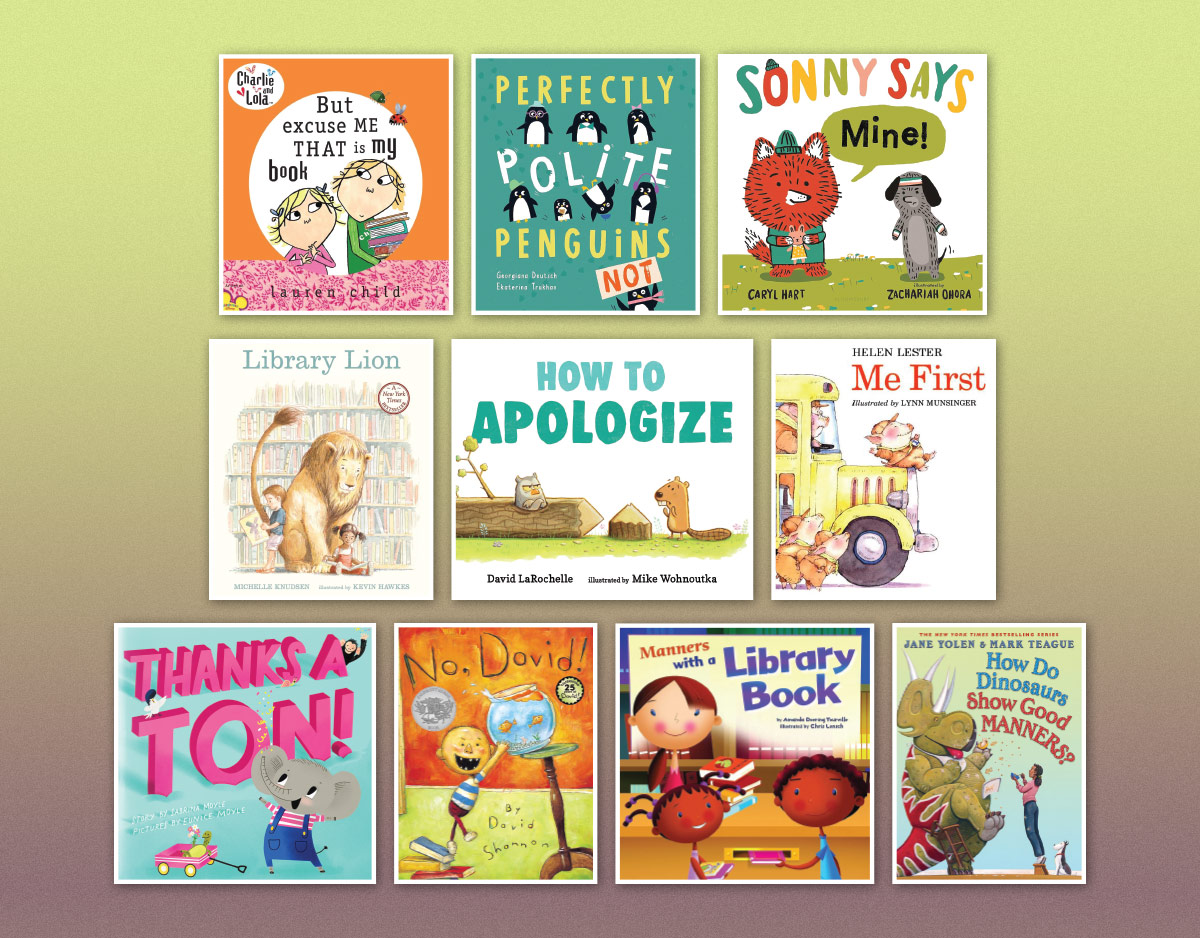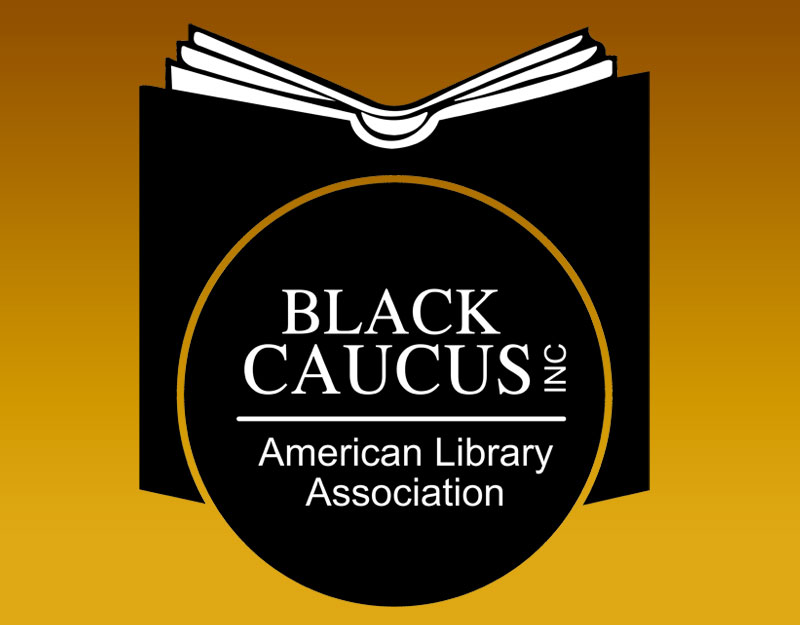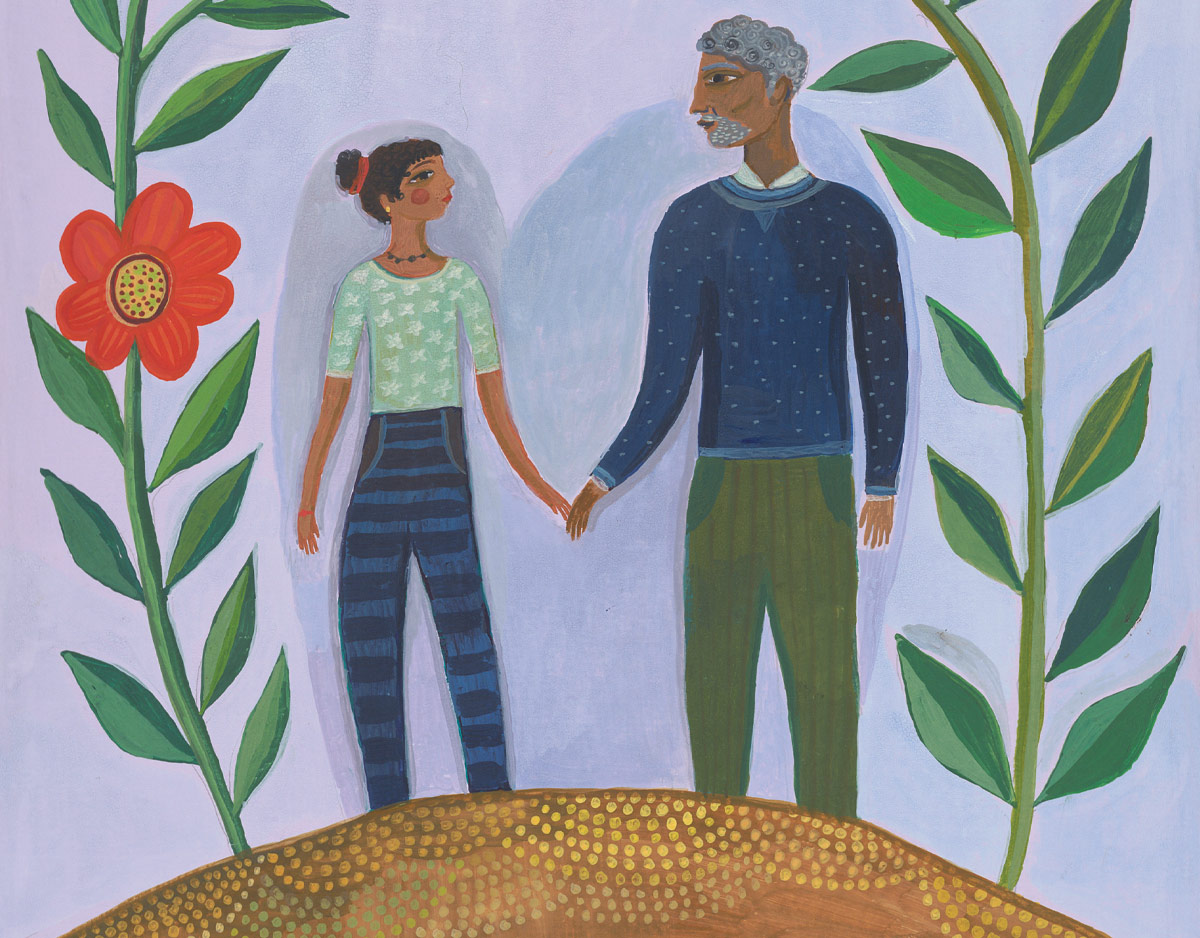Teaching with Text Sets
This week, we celebrate the publication of Mary Ann and Erika’s book, Teaching with Text Sets. We wrote Teaching with Text Sets because we have witnessed the power of children’s literature to engage students, inspire deep content exploration, and differentiate instruction. We’ve also seen the potential for digital multimodal texts, like the kinds we regularly include in our Classroom Bookshelf blog entries, to transform K-8 classrooms. Over the years, the teachers with whom we work at Lesley University have expressed the desire to teach using multimodal, multigenre text sets, but feel that they lack the resources, time, support, as well as the strategies that we have developed over the years. Thus, this book is an outgrowth of our work as classroom teachers and teacher educators.
A multimodal, multigenre text set is a versatile teaching tool for the classroom. By multigenre, we mean all traditional genres of literature, as well as purpose-driven types of writing, from blog entries to recipes. By multimodal, we mean texts that vary in modality – visual texts, such as video, photographs, visual art, and primary source documents; audio recordings such as music, podcasts, and radio broadcasts; and digital texts that are multimodal in their construction. Text sets are related by content (topic, theme, essential question) or by genre.
Why Teaching with Text Sets now?
As teachers, we have always viewed ourselves as curriculum designers. We believe we are at a crossroads in American public education, when teachers should be empowered to take the lead, creating and shaping curriculum that they know works for the students they teach.
ADVERTISEMENT
ADVERTISEMENT
The recent publication of Homer’s Odyssey, adapted by Gillian Cross and illustrated by Neil Packer for Candlewick Press, got us thinking about all the ways that students in middle school language arts could explore this ancient tale through a variety of retellings and digital resources using the Solar System model. The Odyssey is larger than any single text, because the story has been told and retold through visual art, music, poetry, and fictional narrative for thousands of years; thus, we consider the idea of “The Odyssey” itself as the content to be explored. Some students can be reading full-length retellings of “The Odyssey,” such as Cross’s new work or Tracy Barrett’s King of Ithaka, told through the eyes of Telemachus, son of Odysseus. Other students could explore the back story with Paul Fleishman’s Dateline Troy, a retelling of “The Illiad.” Marcia Williams’s picture book can help ground everyone in a simpler version of the two ancient tales. Using the digital collections of the British Museum and the Metropolitan Museum, students can examine visual interpretations of the Odyssey through the ages and explore how they shape their own current understandings. Finally, digital magazine and newspaper articles can further shape students’ understanding of the fusion of fact and fiction through an analysis of recent archeological research. Here’s what the Solar System Model looks like:
A breathtaking new science picture book inspired the next example of a Solar System model. Jason Chin’s Island: A Story of the Galapagos traces the changing landscape and life on Galapagos Islands beginning with the “birth” of the island six million years ago. This title is a perfect fit for a Solar System Model focusing on evolution. For a content focused comparison, this title can be matched with two more nonfiction titles, Life on Earth: The Story of Evolution by Steve Jenkins and the more detailed Billions of Years, Amazing Changes: The Story of Evolution. Then, students can dig deeper, learning more about evolution and evolution on the Galapagos Islands by exploring the links in the comprehensive multimedia websites below. Human evolution is addressed in Catherine Thimmesh’s Lucy Long Ago and in resources provided by PBS, the Smithsonian Institution, and the American Museum of Natural History. Here is what the Solar System Model looks like:
Filed under: Classroom & Curricular Ideas
About Mary Ann Cappiello
Mary Ann is a professor of language and literacy at Lesley University. A former public school language arts and humanities teacher, she is a passionate advocate for and commentator on children’s books. Mary Ann is the co-author of Teaching with Text Sets (2013) and Teaching to Complexity (2015) and Text Sets in Action: Pathways Through Content Area Literacy (Stenhouse, 2021). She has been a guest on public radio and a consultant to public television. From 2015-2018, Mary Ann was a member of the National Council of Teachers of English's Orbis Pictus Award for Outstanding Nonfiction (K-8) Committee, serving two years as chair.
ADVERTISEMENT
ADVERTISEMENT
SLJ Blog Network
Further Predictions! Everything That ISN’T Newbery/Caldecott 2025
Hilda and Twig | This Week’s Comics
The Seven Bills That Will Safeguard the Future of School Librarianship
Donuts, Body Image, and Teenagers: Why I Wrote a Plus-Size Theater Kid into the Spotlight, a guest post by Allen Zadoff
Gayle Forman Visits The Yarn!
ADVERTISEMENT














Hi Mary Ann,
Thanks so much for including THOSE REBELS, JOHN AND TOM in your post. I love the term “duet” as a way to think about studying it alongside WORST OF FRIENDS — such a generous concept (and such a fun way to learn!)
Thanks, also, for highlighting Edwin's terrific illustrations. I love his political-cartoony style — so perfect for finding a way to show abstract concepts on the page. He's also tucked a lot of humor into the art — lots of things to discover on a second or third look.
I wanted to mention, for a language arts extension, that I have a page on my website called “Writing An Extraordinary Biography.” It's a little tip sheet for kids to help them get organized and get going. It's in the “For Teachers” section of my website:
barbarakerley(dot)com.
Happy reading, all!
Barbara Kerley